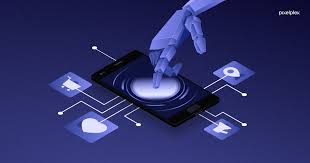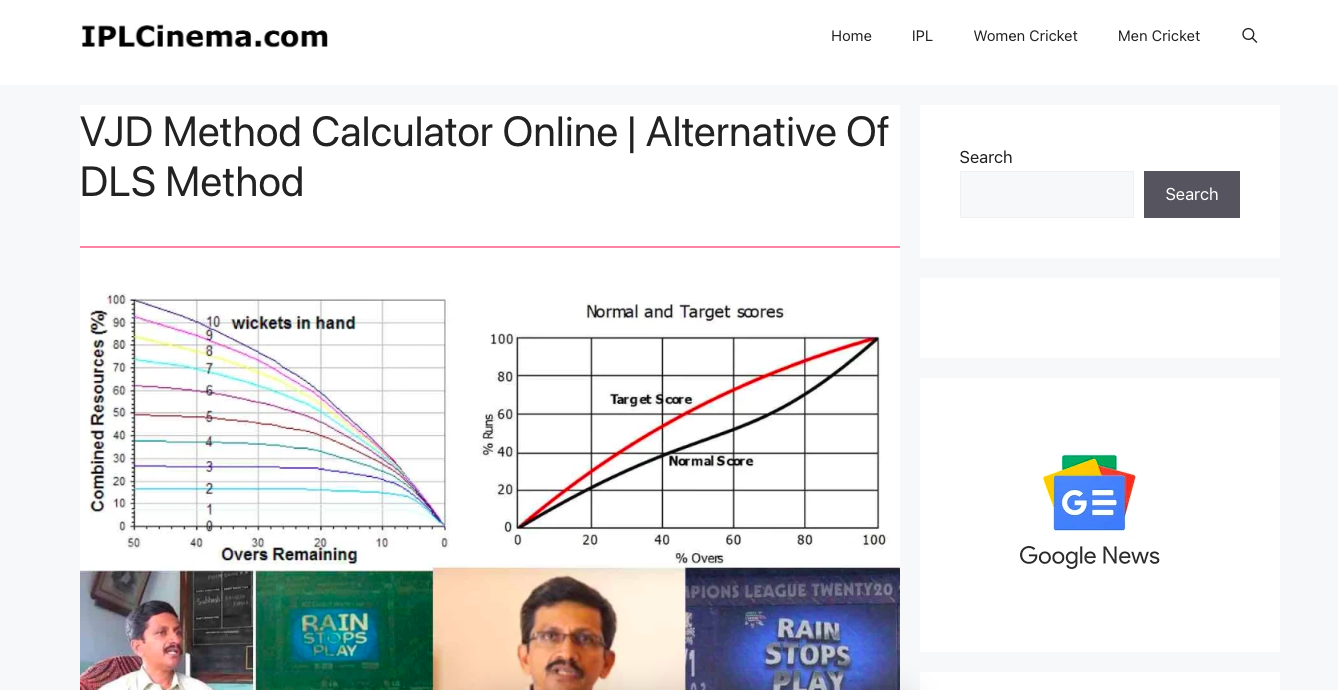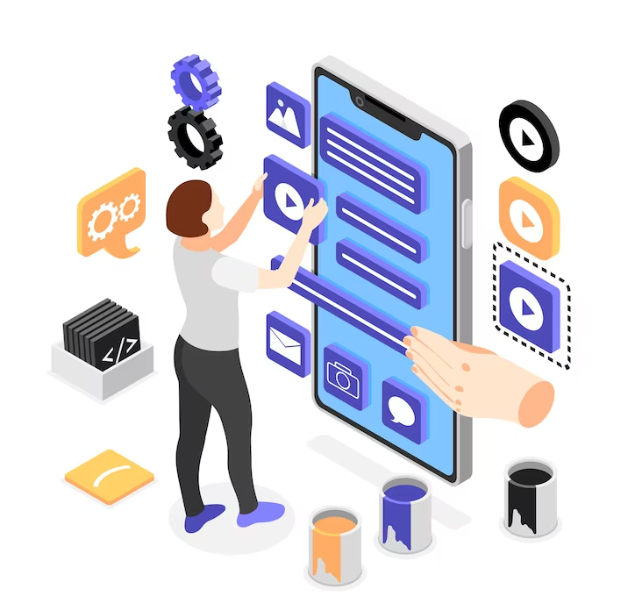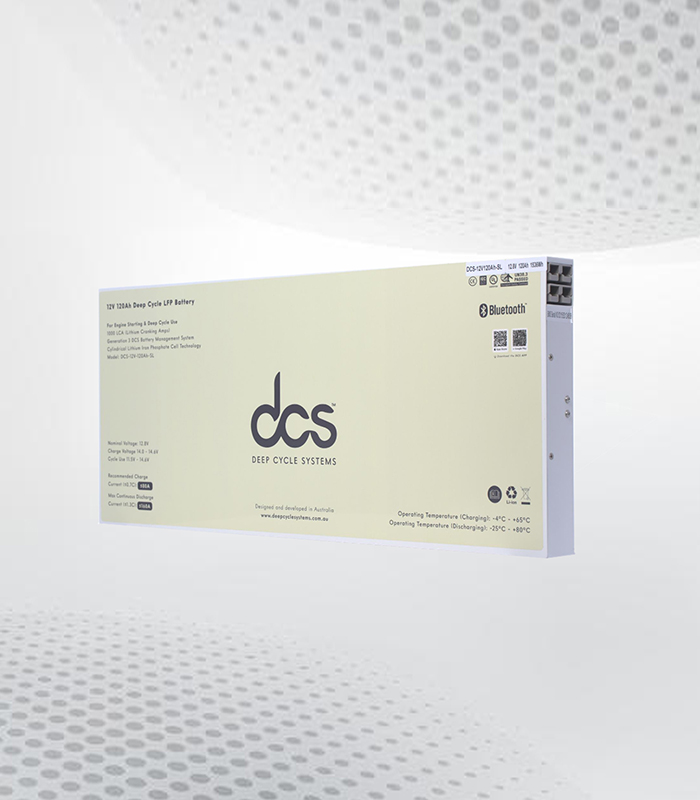Chatbot software development has emerged as a critical component in the digital transformation of businesses across various industries. As companies increasingly look to automate customer interactions, enhance user experience, and improve operational efficiency, chatbots offer an effective solution. This article explores the different types of chatbots, their use cases, the cost involved in their development, and highlights how the chatbot development lifecycle plays a role. Additionally, it touches on the importance of selecting the right chatbot development company and the growing demand for AI chatbots in the fintech industry, particularly in app development in the USA.
Types of Chatbots
-
Rule-Based Chatbots
Rule-based chatbots, also known as decision-tree bots, operate on pre-defined rules or flows. These bots follow a scripted path, responding to user inputs based on predetermined options. While they are easy to develop and cost-effective, their functionality is limited to the scenarios they are programmed for. They are ideal for handling simple, repetitive tasks such as FAQs, basic customer support, or guiding users through straightforward processes.
-
AI-Powered Chatbots
AI-powered chatbots use machine learning (ML) and natural language processing (NLP) to understand and respond to user queries. Unlike rule-based chatbots, these bots learn from interactions and can handle more complex conversations. AI chatbots can provide personalized experiences by understanding context, sentiment, and user intent. They are widely used in sectors like fintech, where they can manage intricate customer queries, offer financial advice, and even assist in trading activities.
-
-
Hybrid Chatbots
Hybrid chatbots combine the functionality of rule-based and AI-powered chatbots. They start with rule-based logic for handling straightforward queries but can escalate to AI-driven responses for more complex or personalized interactions. This approach offers the best of both worlds, providing businesses with a cost-effective yet versatile solution.
-
Voice-Enabled Chatbots
With the rise of voice assistants like Amazon Alexa, Google Assistant, and Apple Siri, voice-enabled chatbot development life cycle have gained popularity. These bots are equipped with speech recognition and NLP capabilities, allowing users to interact with them via voice commands. They are particularly useful in hands-free environments or for users with accessibility needs.
Use Cases of Chatbots
-
Customer Support
One of the most common applications of chatbots is in customer support. Businesses can deploy chatbots to handle routine queries, provide instant responses, and offer 24/7 support. This not only improves customer satisfaction but also reduces the workload on human agents, allowing them to focus on more complex issues.
-
E-Commerce and Retail
In the e-commerce sector, chatbots are used to enhance the shopping experience. They can assist customers in finding products, offer personalized recommendations, and even process orders. For instance, a chatbot can guide a user through the purchase process, answer questions about product availability, and provide updates on delivery status.
-
Banking and Fintech
In the fintech industry, AI chatbots play a crucial role in managing customer interactions. They can help users with account inquiries, provide financial advice, assist in stock trading, and even detect fraudulent activities. The use of AI chatbots in fintech is particularly prevalent in the USA, where they are integrated into mobile banking apps to offer a seamless user experience.
-
Healthcare
Chatbots in healthcare are used for scheduling appointments, providing medical information, and even conducting preliminary diagnoses. These bots can triage patients by asking questions about symptoms and directing them to the appropriate medical professional or service.
-
Travel and Hospitality
In the travel industry, chatbots can assist with booking flights, hotels, and other services. They can also provide real-time updates on travel itineraries, offer recommendations for activities, and handle customer inquiries during trips. The AI-driven capabilities of these chatbots ensure that travelers receive personalized and timely assistance.
-
Human Resources
Chatbots are increasingly used in HR to streamline recruitment processes, answer employee questions, and manage onboarding. For example, a chatbot can conduct initial candidate screenings, provide information about company policies, and assist with benefits enrollment.
Cost of Chatbot Development
The cost of developing a chatbot development company varies depending on several factors, including the type of chatbot, its complexity, the features required, and the development company’s location. Below is an overview of the cost components:
-
Type and Complexity
- Rule-Based Chatbots: These are the least expensive to develop, typically ranging from $3,000 to $8,000. They require simple logic and minimal backend integration.
- AI-Powered Chatbots: These are more expensive due to the advanced machine learning algorithms and NLP required. Development costs can range from $15,000 to $50,000, depending on the sophistication of the AI and the extent of personalization needed.
- Hybrid Chatbots: The cost of hybrid chatbots falls between rule-based and AI-powered bots, generally ranging from $8,000 to $20,000.
- Voice-Enabled Chatbots: These are on the higher end of the spectrum, with development costs starting at $20,000 and going up depending on the voice recognition and processing capabilities.
-
Development Time
The development timeline significantly impacts the cost. A simple rule-based chatbot can be developed within a few weeks, while an AI-powered chatbot may take several months.
-
Customization and Integration
The level of customization and integration with existing systems (like CRM or ERP software) also affects the cost. Higher integration and customization typically increase development costs.
-
Development Company Location
The geographical location of the development company plays a significant role in determining cost. For instance, chatbot development services in the USA tend to be more expensive than those in other regions. However, companies like Kryoverse Innovations offer competitive rates while maintaining high standards of quality.
Chatbot Development Lifecycle
The chatbot development lifecycle is a structured process that ensures the successful deployment of a chatbot. It includes the following stages:
-
Requirement Analysis
This initial stage involves gathering business requirements, understanding user needs, and defining the chatbot’s purpose.
-
Design and Prototyping
In this stage, the bot’s user interface and conversation flow are designed. Prototypes are created to visualize the end product.
-
Development
The chatbot is developed using appropriate frameworks and programming languages. AI and NLP models are trained during this phase for AI-powered bots.
-
Testing
Rigorous testing is conducted to identify and fix bugs, ensuring the chatbot functions as expected.
-
Deployment
After successful testing, the chatbot is deployed on the intended platforms (web, mobile, social media, etc.).
-
Maintenance and Updates
Post-deployment, the chatbot requires ongoing maintenance and updates to improve performance and add new features.
Conclusion
Chatbot software development is an essential component of modern digital strategies, offering a wide range of benefits across industries. Whether you’re looking to automate customer support, enhance user engagement, or streamline operations, chatbots provide a versatile solution. The cost of chatbot development varies based on the type, complexity, and location of the development company. Companies like Kryoverse Innovations specialize in building robust, AI-powered chatbots tailored to the unique needs of businesses, particularly in the fintech sector and app development in the USA. By following a structured chatbot development lifecycle, businesses can ensure the successful implementation and long-term success of their chatbot solutions.




